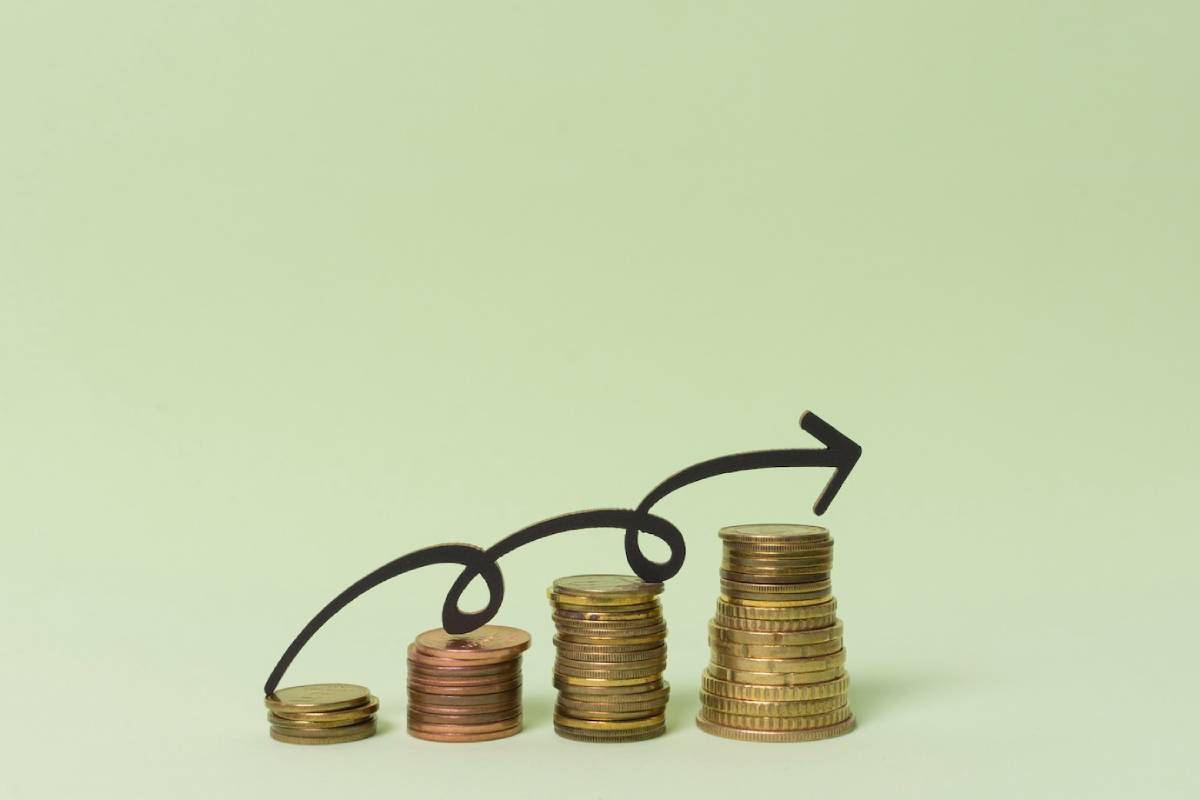
How to Save for a Major Purchase
Saving for a big purchase can feel tough. Whether it’s a dream holiday, a new car, a home deposit, or a special gadget, the goal can seem out of reach. However, with good financial strategies, planning, and discipline, you can reach your biggest goals. This process can be both rewarding and empowering.
In this guide, you’ll learn to create a realistic savings plan. You’ll also discover practical saving strategies. Finally, you’ll align your habits for long-term financial success. Major purchases do not require significant debt — only smart preparation.
Understanding the Core: Why Big Purchase Planning Matters
Saving intentionally for significant expenses matters for more than just avoiding debt. It develops key skills for better financial security and more personal freedom.
A study by the Financial Conduct Authority (FCA) found that over 50% of UK adults regretted their big, impulsive buys. They felt financial strain afterwards. Planned purchases, however, create pride, excitement, and long-term economic stability.
Effective significant purchase planning helps you:
- Make well-informed buying decisions based on research, not impulse
- Minimise reliance on high-interest credit cards or loans
- Feel in control of your money and your life
Quick Guide Summary: Big Purchase Planning Steps

- Define a clear, specific savings goal
- Calculate the total cost, including hidden expenses
- Build a realistic timeline for saving
- Open a dedicated savings account for your goal
- Automate your savings contributions
- Track your progress regularly
- Celebrate milestones and adjust if needed
How to Save for a Major Purchase: Step-by-Step Guide
Step 1: Define Your Goal Clearly
Specificity fuels motivation.
Set a clear goal instead of a vague one. For example, aim to “Save £8,000 for a 2018 Ford Focus by December 2026.”
Clearly defined goals allow you to:
- Calculate exactly how much you need
- Visualise success
- Create actionable monthly targets
Tip: Write your goal where you can see it. Try your planner, vision board, or phone background.
Step 2: Calculate the Total Cost
The price tag is rarely the only cost involved.
Ensure you account for:
- Taxes and registration fees
- Shipping, handling, or delivery charges
- Insurance (especially for cars or electronics)
- Maintenance, repairs, or accessories
Example: If a car costs £8,000, but you also need £500 for insurance and £300 for taxes, your real savings goal is £8,800 — not £8,000.
Overlooking these additional costs could leave you short at the worst possible time.
Step 3: Create a Realistic Timeline
Setting a timeline bridges the gap between dreams and execution.
Ask:
- When do you need or want to make the purchase?
- How many months do you have to save?
Formula: Total Cost ÷ Months = Monthly Savings Target
Example: £8,800 ÷ 24 months = £367 per month.
If this monthly number feels high, consider:
- Extending your timeline
- Reducing your budgeted purchase cost
- Finding supplementary income sources
Remember, realistic timelines build sustainable habits, not burnout.
Step 4: Open a Separate Savings Account
Psychological separation between your day-to-day spending and your goal savings is crucial.
Benefits of a dedicated savings account:
- Reduces the temptation to “borrow” from your goal
- Allows for easier tracking
- Helps you visually watch your progress grow
Look for accounts that offer:
- High interest (such as a cash ISA)
- No monthly fees
- Easy access without making it too tempting to dip into funds impulsively
Many banks even allow you to nickname your account, e.g., “Dream Home Deposit,” to keep motivation high.
Step 5: Automate Your Savings
Automation is the key to consistency.
Set up a direct debit or automatic standing order right after your monthly payday. Treat your savings contribution like a non-negotiable bill.
Benefits of automating savings:
- Removes willpower from the equation
- Guarantees regular contributions
- Reduces the chance of accidentally spending your future
Step 6: Track and Celebrate Milestones
Monitoring progress makes saving feel tangible and rewarding.
Ways to track:
- Use a savings goal tracking app (e.g., Moneybox, Emma)
- Create a colourful savings thermometer poster
- Set calendar alerts for every 10% milestone
Celebrating milestones keeps your excitement high. This is especially true for long-term goals that take a year or more.
Ideas for celebrating:
- Treat yourself to a small reward after reaching 25%, 50%, and 75%
- Share your progress with a friend or accountability partner
Step 7: Stay Flexible
Even the best financial plans need room for flexibility.
If your income changes, emergencies arise, or priorities shift:
- Adjust your savings timeline
- Revise your monthly contributions
- Reassess your total goal if necessary
Flexibility is not failure. Adapting with intention keeps you progressing toward your goal sustainably.
Best Practices for Saving Smarter and Faster
Cut Discretionary Spending
Reducing non-essential expenses supercharges your savings efforts. Ideas:
- Limit dining out and prioritise home-cooked meals
- Cancel or pause unused subscriptions
- Choose free entertainment options (such as museums, hiking, or library memberships)
Track these savings and move them directly into your primary purchase account.
Boost Your Income

Additional income streams can accelerate your timeline significantly.
Examples:
- Freelance gigs (writing, design, tutoring)
- Selling old electronics, clothes, or furniture online
- Part-time weekend jobs
Put all extra earnings straight into your major purchase fund. This will help you save faster.
Apply Windfalls Directly to Your Goal
There are great chances for windfalls like bonuses, tax refunds, cashback, or surprise gifts.
Decide in advance to allocate at least 50% (or more) of any windfall toward your goal. Treat it like “free acceleration” toward your dreams.
FAQs About Saving for a Big Purchase
Should I focus on saving while still in debt?
Prioritise paying off high-interest debt first, such as credit cards. You can save for big goals simultaneously if your debt has low interest, like student loans.
Where should I keep my savings?
Use a high-yield savings account or a cash ISA. These options provide small returns. They also keep your money liquid and away from daily spending temptations.
What if I fall behind on my savings plan?
It’s normal to miss a month or need to temporarily lower contributions. Adjust your timeline accordingly and recommit. Progress is always better than perfection.
Conclusion: Your Big Dreams Are Within Reach
Saving for a big purchase turns a daunting dream into a clear, empowering path.
Define your goal clearly. Build a timeline. Automate contributions. Stay flexible. This way, you’ll reach your financial target and gain skills for lifelong success.
Your next steps:
- Define your major purchase with precision
- Open a dedicated account and set your monthly target
- Automate your savings and celebrate every step forward


